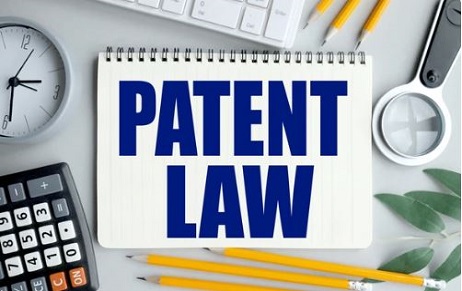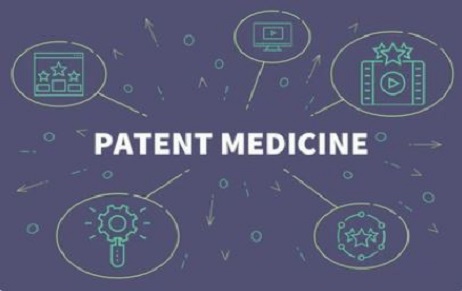INTRODUCTION Whether the Indian pharmaceutical firms are indeed innovating in developing new drugs or just…
Indian Pharmaceutical Industry Licensing Deals: Case Studies
- Glenmark Pharmaceuticals
Glenmark, research-driven, global, integrated pharmaceutical company with Research Focus on Inflammatory Diseases, Metabolic Disorders and Pain has a presence in over 80 countries around the world.
The Company has a proven track record of entering into Licensing deals with Big Pharma and entered into Outlicensing deals in 2004 with Forest laboratories for Oglemilast, a drug that was potentially indicated for chronic obstructive pulmonary disorder (COPD) and asthma and was still in the Development Phase at the time of entering into the deal. The potential value of the deal was $ 190 million in US. Glenmark later entered into an agreement with Teijin Pharma Ltd in Japan for the same molecule where the deal value was $53 million. Till date, Glenmark has received $35 million from Forest and $6 million from Teijin.
In a case of In-licensing, Glenmark announced in 2005 a collaborative agreement with Napo Pharmaceuticals for Napo’s proprietary molecule Crofelemer, indicated for four distinct disease categories. Glenmark has Crofelemer rights for diarrhea Indications in 140 Countries. Currently the drug is into the Phase 3 trial and the product launch is expected to happen sometime in mid-2010.
Glenmark entered into an outlicensing agreement with Merck in 2006 for Melogliptin, an anti diabetes target. Glenmark received $ 31 million as upfront payment for the same. But, in an unfortunate development Merck decided to drop off the agreement due to a shift from the focus on anti diabetes segment (2008). Currently, Glenmark is developing the drug on its own and have completed the Phase IIb trials.
In 2007, Glenmark’s in-house developed molecule for a potential treatment of pain was outlicensed to Eli Lilly for an upfront payment of $ 45 million. Only a year after the deal, work on the clinical trial of the molecule was stalled. Both Glenmark & Eli Lilly are currently working on the way forward on the molecule.
Despite suffering setbacks from 2 out of 3 key licensing deals, spirits at Glenmark are high, courtesy the success it is enjoying in the Generics segment. Only last week, Glenmark Generics ltd, was able to ink 3 key agreements that has not only strengthened its position in the global generics market but also established Glenmark as an aggressive player that knows how to make maximum from an opportunity.
Following two patent law suits filed by Glenmark, Medicis Pharmaceutical came to an agreement with Glenmark to let the latter launch the former’s dermatological product Vanos in 2013, long before the patent is set to expire in 2023. In a separate arrangement, Glenmark and Medicis have agreed to jointly develop a product from the former’s pipeline to treat acne. Glenmark is to receive an upfront of $5 million from Medicis. Apart from this, Glenmark had entered into a licensing deal with Sanofi-Aventis for the development and commercialization of novel molecules to treat chronic pain. It has also announced a licensing deal with Par Pharmaceutical to market Ezetimibe tablets.
Very clearly, Glenmark’s business model involve a lot of in-licensing and out-licensing arrangements and the Company wish to ride upon the success of such deals to project itself as an innovation driven global pharmaceutical player. Add to it the rapidly rising of clout of Glenmark in Generics space and its deal-signing spree with pharma majors and it is not difficult to understand on why Glenmark is set to make its mark in the Global Pharmaceutical domain.
- Dr Reddy’s Laboratories
Dr Reddy’s has been a frontrunner in many aspects of the Indian Pharmaceutical Industry Growth Story that has been witnessed by the globe. Licensing is one of such aspect. In fact, even during the times when India had just opened its gate to a global economy, Dr Reddy’s had inked its first Outlicensing deal.
In 1997, an in-house developed anti-diabetic molecule, DRF 2593 (Balaglitazone), was licensed to Novo Nordisk. In fact, with this deal Reddy’s became the first Indian pharmaceutical company to out-license an original molecule. But, late in 2004, after phase II studies, Novo Nordisk decided to terminate further clinical development of balaglitazone, as the phase II results did not suggest a sufficient competitive advantage for balaglitazone compared to existing products. Post this development, Dr Reddy’s entered into an agreement with Rheoscience for Balaglitazone (DRF 2593). As on January 2010, Blaglitazone (DRF 2593) Phase III clinical trials were announced.
A year later, Dr Reddy’s licensed another anti-diabetic molecule, DRF 2725 (Ragaglitazar), to Novo Nordisk. In 2003, Novo Nordisk, which had suspended trials on Ragaglitazar in 1999 on finding tumors in long-term animal studies, decided to terminate further trials on the molecule completely.
In 2001, Dr Reddy’s Out-licensed DRF 4158, a potential dual-acting insulin sensitizer, to Novartis for an upfront payment of US $55 million. Later in 2003, Novartis decided to discontinue working on DRF 4158, but continued collaborating with Reddy’s for additional development compound that is a dual-acting insulin sensitizer.
Despite a low success rate from its licensing deals, Dr Reddy’s went ahead with one of its molecule and despite criticism from its original licensing partner, Reddy’s now have successfully completed Phase III trials of the same molecule. This clearly depicts the conviction and faith in one’s abilities that Dr Reddy’s has demonstrated for its first in-house developed drug molecule. This in itself stands as a testimony to Dr Reddy’s capabilities to mark new beginnings for Indian Pharma Sector.
About the Author: Mr. Abhishek Sahay is a Senior Patent Consultant at Institute of Intellectual Property Research & Development (IIPRD). He can be reached at abhishek@iiprd.com.



